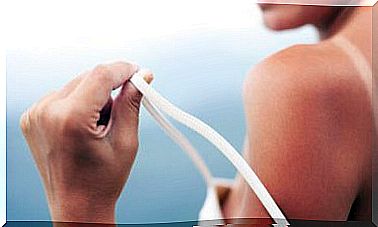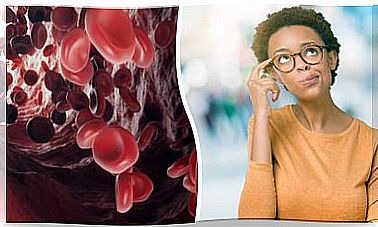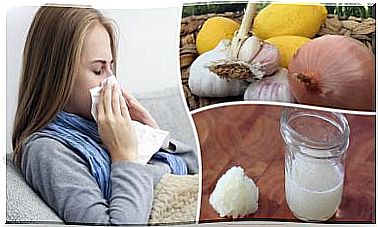Pelvic Inflammatory Disease: What Does It Consist Of?
Pelvic inflammatory disease (PID) is an infection that affects the organs of the upper part of the female reproductive system. Whether it’s the ovaries, uterus (womb), or fallopian tubes.
This is a serious infection that generally appears when certain infections or sexually transmitted diseases (STDs) are not treated. Despite its severity, pelvic inflammatory disease is quite common, with more than a million people affected each year.
Causes of pelvic inflammatory disease
Pelvic inflammatory disease (PID) is a bacterial infection, that is, caused by bacteria. When bacteria travel from the vagina or cervix to the uterus, ovaries, or fallopian tubes, they can cause this infection. This disease can cause chronic pain and other serious health problems such as infertility.
Generally, PID occurs as a consequence of two sexually transmitted diseases: gonorrhea and chlamydia.
Although these diseases are cured with antibiotics, they often have no symptoms, so many people are not aware of having them and receive treatment. Left untreated, PID can occur. Also, not treating other infections, such as bacterial vaginosis, can lead to this infection.
A woman is more likely to get PID if:
- It is sexually active.
- Douching is done.
- You are 25 years of age or younger.
- You have had PID before.
- He has an STI and is not receiving treatment.
- She uses an intrauterine device (IUD) for birth control. You have multiple sexual partners, or a sexual partner who has sex with more people.
Symptoms of the disease
At first, pelvic inflammatory disease may have no symptoms or they may be so mild that they go unnoticed. However, the longer you have the infection, the symptoms tend to get worse.
Symptoms of PID include:
- Tiredness.
- General discomfort.
- Difficulty or pain when urinating.
- Bleeding between periods.
- Pain and bleeding during sexual intercourse.
- Fever: it is a very frequent symptom, although variable.
- Unusual and abnormal-smelling vaginal discharge (leukorrhea).
- Abdominal pain: this is the most common symptom. Most often, the pain is mild at first and progressively increases in intensity. The pain is located in the lower part of the abdomen and this pain increased with pressure and movement.
Diagnosis of the disease
Diagnosing pelvic inflammatory disease is a complicated process as its symptoms are similar to those of other diseases. For this reason, in some cases treatment is started too late to prevent sequelae.
Some tests that the doctor can perform to diagnose the disease are:
- Laparoscopy.
- Phaloposcopy
- Pelvic exam
- Pelvic ultrasound.
- Endometrial biopsy.
- Urine and blood analysis.
- Vaginal and cervical cultures.
- Analysis of vaginal discharge (leukorrhea).
Treatment of PID
The main treatment for pelvic inflammatory disease is antibiotics, pain relievers, and general measures such as rest. In severe cases, hospitalization of the patient may be necessary.
The objectives of the treatment of pelvic inflammatory disease are to end the infection with antibiotics, alleviate the symptoms and prevent the appearance of sequelae and possible complications.
In order to eradicate the infection, the ideal would be to know the germs that cause the disease. However, this is difficult and sometimes several bacteria cause the infection. Therefore, several antibiotics can be prescribed to take at the same time.
Sometimes one can feel better after a few days of treatment. However, it is very important to complete the course with antibiotics, because if you cut, the bacteria can become resistant to the antibiotics, making treatment more difficult or even impossible. In addition, if you have a sexual partner, this also has to be treated with the antibiotic.
In more severe cases, surgery may be necessary to drain abscesses (collections of pus) and wash the affected peritoneum.
Prevention

The best way to prevent pelvic inflammatory disease is to practice safe sex, using barrier methods of contraception such as a condom. However, the only absolute way to prevent an STD is not to have sex. Some tips to reduce the risk of suffering from this disease are:
- Being monogamous, that is, having only one sexual partner.
- Get tested for STDs before starting a relationship.
- Get regular STD screenings.
Proper intimate hygiene is key when it comes to preventing contracting these diseases. Douching is generally not recommended as it can cause irritation and infection. They can also promote the contraction of pelvic inflammatory disease by pushing bacteria into the body.









